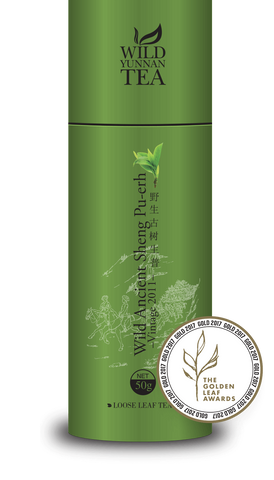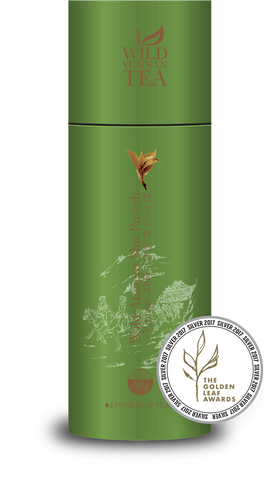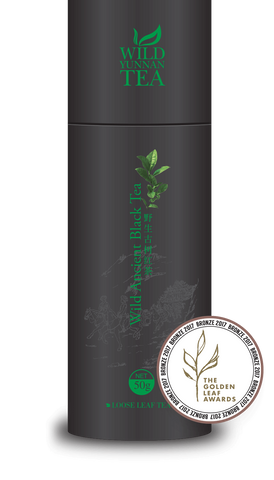Harvesting Process

Processing techniques and classification
Tea plants can be categorised on the type of plant, the appearance of the dry leaves, or the colour of the tea’s liquor. But what’s used is a more scientific way of categorising all teas, which is based on the processing that the tea leaves have been put through. These methods were first developed in China and continue to be practiced today across most tea producing regions of the world. Types of tea include green tea, yellow tea, white tea, oolong tea, black tea, purple tea and post-fermented tea. Each tea type can be further broken down by their styles which can result from modifications in the processing method.
Tea processing techniques
Between two and seven procedures are involved in the processing of fresh tea leaves; the addition or exclusion of any of these stages results in a different type of tea. Each of these procedures is carried out in a climate-controlled facility to avoid spoilage due to excess moisture and fluctuating temperatures.
Withering
Withering refers to the wilting of fresh green tea leaves. The purpose of withering is to reduce the moisture content in the leaves and to allow the flavour compounds to develop. While it can be done outdoors, controlled withering usually takes places indoors. Freshly plucked leaves are laid out in a series of troughs and subjected to hot air forced from underneath the troughs. During the course of withering, the moisture content in the leaf goes down by about 30%, making the leaf look limp and soft enough for rolling. Additionally, the volatile compounds in the leaf, including the level of caffeine and the flavours, begin to intensify. A short wither allows the leaves to retain a greenish appearance and grassy flavours while a longer wither darkens the leaf and intensifies the aromatic compounds.
Fixing
Fixing refers to the process by which enzymatic browning of the wilted leaves is controlled through the application of heat. It is held that the longer it takes to fix the leaves, the more aromatic will be the tea. Fixing is carried out via steaming, pan firing, baking or with the use of heated tumblers. Application of steam heats the leaves more quickly that pan firing, as a result of which steamed teas taste ‘green’ and vegetal while the pan-fired ones taste toasty. This procedure is carried out for green teas and yellow teas.
Oxidation
Oxidation results in the browning of the leaves and intensification of their flavour compounds. From the moment they are plucked, the tea leaves are exposed to oxygen and the volatile compounds within them begin to undergo chemical reactions. It is at this stage that polyphenolic oxidase, including theaflavin and thearubigin, begin to develop within the leaves. Theaflavins lend briskness and brightness to the tea while thearubigins offer depth and fullness to the liquor that’s produced. In order to bring out specific intensities in flavours, tea makers control the amount of oxidation the leaves undergo. Controlled-oxidation is typically carried where the temperature is maintained at 25-30º C and humidity stands steady at 60-70%. Here, withered and rolled leaves are spread out on long shelves and left for a fixed period of time, depending on the type of tea being made. To halt or slow down oxidation, leaves are moved to a panning trough where they are heated and then dried. Due to oxidation, the leaves undergo a complete transformation and exhibit an aroma and taste profile that’s completely different from the profile of the leaves that do not undergo this process. Less oxidized teas tend to retain most of their green colour and vegetal characteristics due to a lower production of polyphenols. A semi-oxidized leaf has a brown appearance and produces yellow-amber liquor. In a fully oxidized tea, amino acids and lipids break down completely, turning the leaves brown or black.
Rolling
Rolling involves shaping the processed leaves into a tight form. As a part of this procedure, wilted/fixed leaves are gently rolled, and depending on the style, they are shaped to look wiry, kneaded, or as tightly rolled pellets. During the rolling action, essential oils and sap tend to ooze out of the leaves, intensifying the taste further. The more tightly rolled the leaves, the longer they will retain their freshness.
Drying
In order to keep the tea moisture-free, they are dried at various stages of production. Drying enhances its flavours and ensures its long shelf-life. Drying extracts 99% of the moisture content from the leaves. This involves roasting the leaves at a low temperature. If the leaves are dried too quickly, the tea can be spoiled and harsh to the taste.
Aging
Some teas are subjected to aging and fermentation. Sheng Pu-erh for example is like fine wine and improves with age which offers improved taste and a host of amazing health benefits.
Traditional methods of production
Traditional methods of tea production involve plucking, withering, rolling, oxidation, in some cases fermentation and drying. These practices are time and labour intensive. Every batch of hand picked leaves are treated to a precise amount of withering, rolling and oxidization, by trained tea professionals so that the best flavours are extracted from the leaves. Immense care is taken in rolling and handling these leaves, because of their delicate nature as they are highly susceptible to damage or adulteration.
Flavour
Traditional tea offers the most authentic tea experience. These teas are known for their flavour complexity and delicate make and this is the reason why they are highly prized in the world tea market. Traditional tea production methods without the use of modern machinery are said to benefit the consumer greatly with regards to health and wellness.
The Ancient Tea Trees
Tea is produced from the evergreen Camellia Sinensis plants, grown widely in the tropical and subtropical regions of the world. While there are more than 325 varieties of genus Camellia, only two varieties of Camellia Sinesis are commercially viable for producing tea.
These tea trees are native to the lands stretching northern part of Burma, Yunnan and Sichuan provinces of China. They can grow some cases up to 6 meters in height and have dark coloured leaves which feel almost leathery. Its buds have a brownish hue while the larger leaves tend to be mildly serrated.
To get the most out of your tea experience with us, ubscribe to our Tea Network for videos, articles, tea workshops, events and more.


